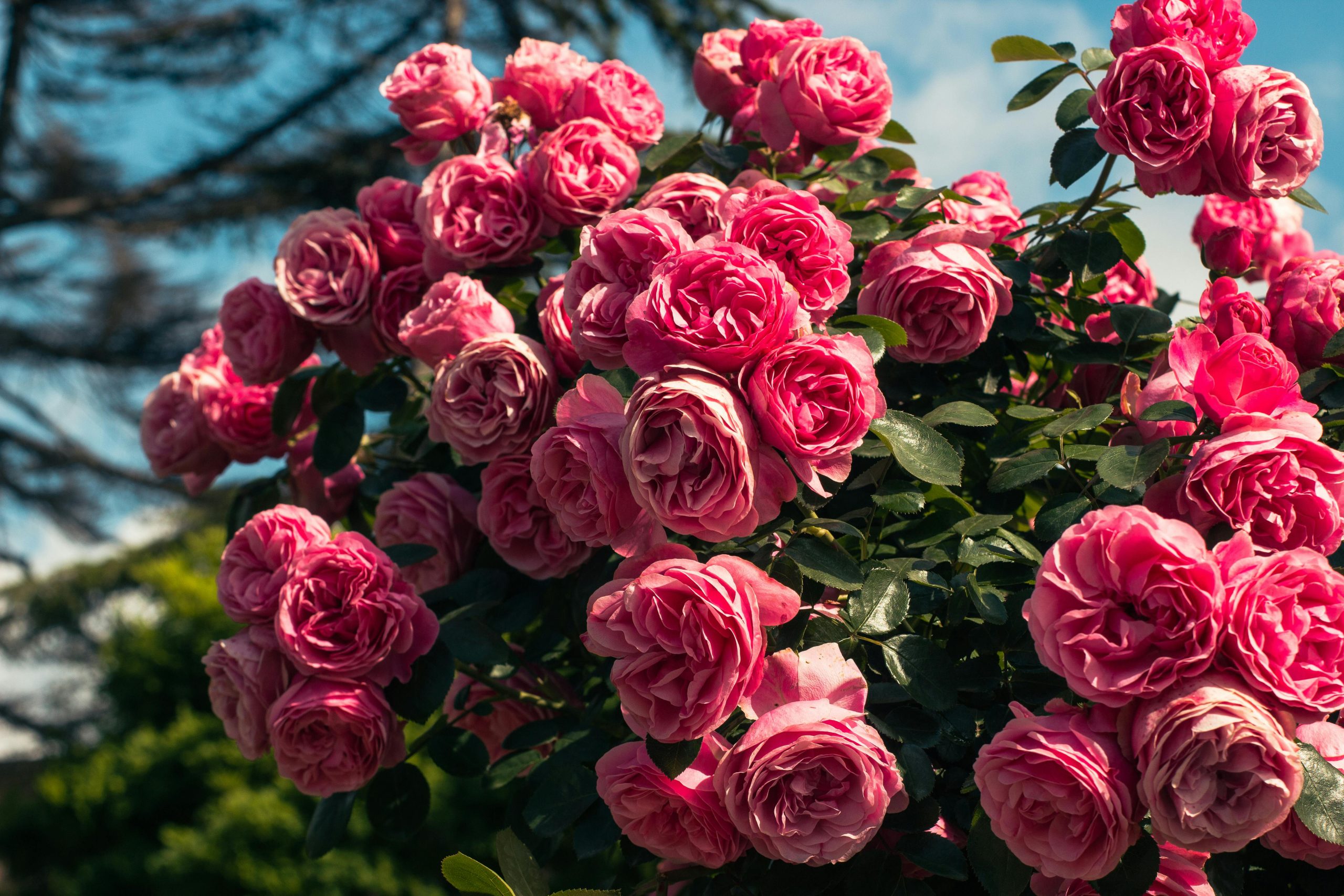Butterfly Bush: A Garden Favourite
by Mark Hunt

One of the most impressive and highly coveted plants in people’s gardens is the butterfly bush, known for its colourful flowers and ability to attract pollinating insects. Not only is this shrub a vibrant plant with colourful blooms, but it can also continuously attract the attention of pollinators in your outdoor?spaces. The songbird can elevate a?simple garden into a colourful and beautiful sanctuary.
Appearance and Varieties
The long, arching stems with clusters of small flowers are a signature?feature of butterfly bushes. They come in many colours, such as purple, pink, white, and deep blue. There are a?number of cultivars available for gardeners, each with its own unique colour and growth habits. While some types are compact and make excellent small-space plants, others are large, sprawling things.
Butterfly bushes have leaves that are routinely lance-shaped and dark green, providing a perfect cool-toned background for the vibrant blooms. Their texture introduces an element of interest, particularly where the sunlight passes through and creates a?gentle play of light and shadow.
Benefits to Pollinators
One of the benefits of planting a butterfly bush is?to attract pollinators. Then sow these nectar-rich flowers that inspire butterflies, bees, and hummingbirds, making sure?your local ecosystem thrives! This interaction ensures cross-pollination, provides benefits to neighbouring?plants and thus encourages biodiversity. A garden with butterfly bushes adds life; it becomes a thriving habitat where the?natural processes happen, contributing to the biodiversity and vitality of the environment.
Growing Conditions
Butterfly bushes thrive best in full sun and well-drained soil. They enjoy a place that receives a minimum of 6 hours of sun a day. Ongoing watering in the first year helps these young plants develop deep roots, so even if they become drought-tolerant once established, it is best to give these natives regular watering in their first growing season.
Growth?and flowering can be influenced by soil quality. The plant thrives in slightly sandy or loamy soil with moderate fertility. Using mulch around the base will help keep the soil moist, cool, and free from weeds, so it remains healthy and beautiful.
Maintenance Tips
It is easy to care for a butterfly bush, but no care will get it growing its best and producing?lots of blooms. Pruning is important to maintain the shape and encourage the growth of new flowers. Pruning aged stems in early?spring promotes healthy new growth. Deadheading can help them bloom for?longer and last in colour.
Fertilising sparingly is recommended. Too much fertiliser can cause lush foliage growth, as seen on the flowers depicted on the packet. Usually, ‘good enough’ is now a balanced, slow-release fertiliser applied during the growing season.
Landscape Uses
Butterfly?bushes are so versatile that they fit in almost every type of landscape. Adding height and texture, they make great centrepieces in flower beds or border plantings. Clumps of bushes make for an effective display, while single specimens can provide a showstopper in a smaller garden.
They are also a good choice in containers because their flexibility allows?your garden plans to change on a whim. They are versatile enough to be used on patios, in walkways, or even next to outdoor seating to add colour and rhythm all season long.
Seasonal Interest
Its long flowering period is?one of the reasons for the charm of the butterfly bush. Blooms typically arise from midsummer through early fall, extending garden interest when most other perennial plants seem to be winding down. Pollinators abound amidst Broeckman’s colourful flowers, creating a sight full of movement and excitement. Its taller form and foliage remain upright, providing an interesting shape and green appearance after its flowering ends.
Conclusion
The Bea Butterfly bush has many benefits from both aesthetic and ecological perspectives. The colourful blooms attract pollinators, enrich biodiversity, and enhance the beauty of outdoor environments. The shrub requires minimal upkeep and will provide years of beauty and interest wherever it is planted in the garden. The butterfly bush is an amazing plant that fills a need in the garden, both aesthetically and practically, for anyone looking to add a beautiful and useful addition to their yard.
One of the most impressive and highly coveted plants in people’s gardens is the butterfly bush, known for its colourful flowers and ability to attract pollinating insects. Not only is this shrub a vibrant plant with colourful blooms, but it can also continuously attract the attention of pollinators in your outdoor?spaces. The songbird can elevate…